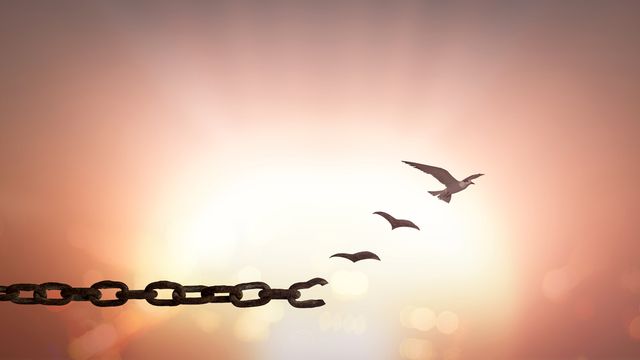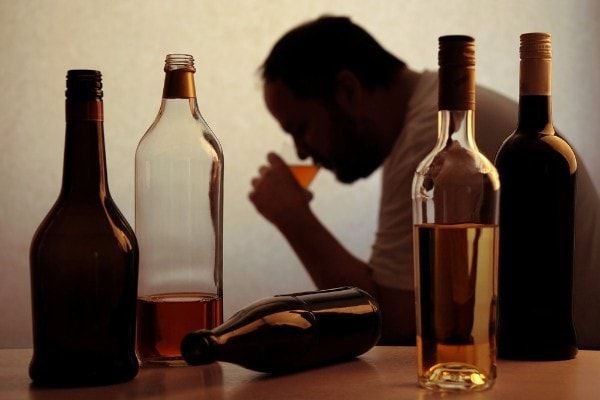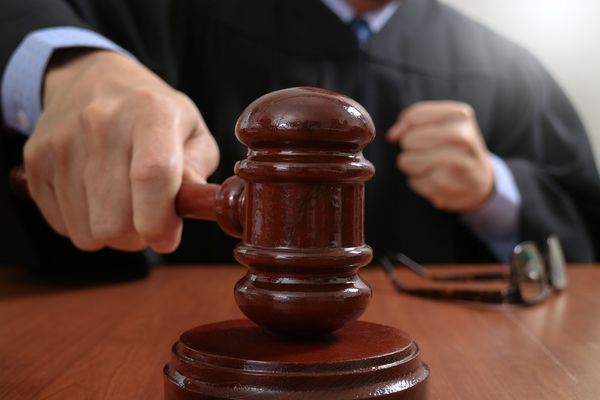3.3.2
Nonconformity from the 1950s
Thaw and Nonconformity, 1954-64
Thaw and Nonconformity, 1954-64
Khrushchev was more liberal in his approach to culture than Stalin. He introduced cultural 'thaws' under his policy of de-Stalinisation. Brezhnev was, again, more traditional.


Building alliances
Building alliances
- Khrushchev wanted to build bridges between the Party and intellectuals.
- This led to more creative freedom.


Examples of more freedom
Examples of more freedom
- 1953-4: Publication of works of literature, such as Ilya Ehrenburg's 'The Thaw', which criticised Stalin's rule.
- 1956-7: There was another wave of liberalisation after the Secret Speech.
- Vladimir Dudintsev was able to publish the novel 'Not by Bread Alone'. This again criticised Stalin.
- 1962: Alexander Solzhenitsyn was able to publish 'One Day in the Life of Ivan Denisovich', about a prisoner in the gulag.
- When artists went too far, Khrushchev imposed sanctions once again.


Nonconformity from the 1950s
Nonconformity from the 1950s
- Khrushchev was not able to accept any widespread nonconformity in Soviet society.
- He wanted to challenge lazy bureaucrats and alcoholics in society too.
- He created poster campaigns known as 'popular oversight'.
- This included 'The Lazy Bureaucrat' (1961) and 'The Alcoholic' (1959).


Nonconformist women
Nonconformist women
- Khrushchev seemed to particularly hate nonconformist women.
- A campaign was launched against 'stilyaga'.
- These were women who wore western clothes.
- These clothes were associated with sexual promiscuity.
Clashes Between Artists and Government to 1985
Clashes Between Artists and Government to 1985
Brezhnev proved once again to be very hard line. He fought back against cultural liberalisation.


Trials
Trials
-1966: The trial of Andrei Sinyavsky and Yuli Daniel was an example of Brezhnev's more authoritarian approach to culture.
- The writers were tried together in a show trial.
- Daniel and Sinyavsky were sent to the gulag.


Secret art shows
Secret art shows
- There were secret art shows which dissident artists took part in.
- 1968: Nonna Goriunova performed Forest Ritual. This was an experimental theatre piece performed in a wood.
- Samzidat literature often emphasised how boring life under Communism had become.


Mitki Collective
Mitki Collective
- The Mitki Collective was a group that played secret shows in Leningrad.
- Fans of the shows wore rebellious, shabby clothes.
- The authorities were suspicious of dissident artistic groups. Some, not all, were stopped by the government.
1Communist Government in the USSR, 1917-85
1.1Establishing Communist Party Control, 1917-24
1.2Stalin in Power, 1928-53
1.2.1The Elimination of Opponents
1.2.2The Purges of the 1930s
1.2.3End of Topic Test - The Elimination of Opponents
1.2.4Stalin's Power Over the Communist Party
1.2.5Stalin's Power During & After the Communist Party
1.2.6End of Topic Test - Power Over the Communist Party
1.2.7A-A* (AO3/4) - Stalin in Power
2Industrial & Agricultural Changes
2.1Towards a Command Economy
2.2Industry & Agriculture in the Stalin Era
3Control of the People, 1917-85
3.1Media, Propaganda & Religion
3.2The Secret Police
4Social Developments, 1917-35
4.1Social Security
4.2Women & Family
5Historical Interpretations
5.1What Explains the Fall of the USSR, 1985-91?
5.1.1Economic Weakness
5.1.2Attempts at Economic Reform
5.1.3Failure To Reform The Communist Party & Soviet Gov
5.1.4Impact of Reforms
5.1.5End of Topic Test - Economic Reform
5.1.6Impact of the Nationalist Resurgence
5.1.7Impact of the Nationalist Resurgence 2
5.1.8End of the USSR
5.1.9Gorbachev & Yeltsin's Responsibility
5.1.10End of Topic Test - Nationalist Resurgence
5.1.11A-A* (AO3/4) - Explaining the Fall of the USSR
Jump to other topics
1Communist Government in the USSR, 1917-85
1.1Establishing Communist Party Control, 1917-24
1.2Stalin in Power, 1928-53
1.2.1The Elimination of Opponents
1.2.2The Purges of the 1930s
1.2.3End of Topic Test - The Elimination of Opponents
1.2.4Stalin's Power Over the Communist Party
1.2.5Stalin's Power During & After the Communist Party
1.2.6End of Topic Test - Power Over the Communist Party
1.2.7A-A* (AO3/4) - Stalin in Power
2Industrial & Agricultural Changes
2.1Towards a Command Economy
2.2Industry & Agriculture in the Stalin Era
3Control of the People, 1917-85
3.1Media, Propaganda & Religion
3.2The Secret Police
4Social Developments, 1917-35
4.1Social Security
4.2Women & Family
5Historical Interpretations
5.1What Explains the Fall of the USSR, 1985-91?
5.1.1Economic Weakness
5.1.2Attempts at Economic Reform
5.1.3Failure To Reform The Communist Party & Soviet Gov
5.1.4Impact of Reforms
5.1.5End of Topic Test - Economic Reform
5.1.6Impact of the Nationalist Resurgence
5.1.7Impact of the Nationalist Resurgence 2
5.1.8End of the USSR
5.1.9Gorbachev & Yeltsin's Responsibility
5.1.10End of Topic Test - Nationalist Resurgence
5.1.11A-A* (AO3/4) - Explaining the Fall of the USSR
Unlock your full potential with Seneca Premium
Unlimited access to 10,000+ open-ended exam questions
Mini-mock exams based on your study history
Unlock 800+ premium courses & e-books